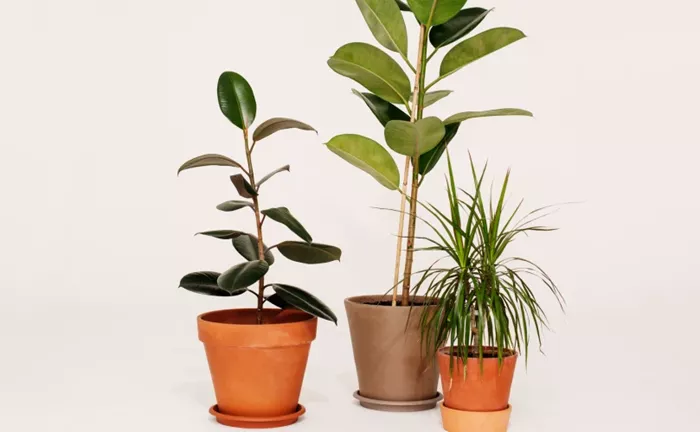As winter approaches, it’s crucial to adjust your plant care routine to ensure your greenery thrives despite the changing conditions. Bringing outdoor plants inside as temperatures drop is a key step, but there are additional steps to take. We spoke with plant experts to gather their top tips for winter plant care.
Avoid Common Winter Plant Mistakes
According to Lindsay Pangborn, a gardening expert from Bloomscape, indoor plants should be moved inside when nighttime temperatures fall below 55 degrees Fahrenheit. Most plants thrive in temperatures above 60 degrees Fahrenheit, so be mindful of the weather forecast if you plan to keep them outdoors as fall progresses.
Maria Failla, founder of The Bloom & Grow Garden Society, warns against a common mistake: neglecting to check for pests before bringing plants indoors. She recommends rinsing plants with a hose or shower to remove any pests before settling them inside.
“Check both the top and underside of the leaves, as well as the stems and soil,” advises Pangborn. Remove any dead leaves and inspect for insects. If you find pests, gently remove them. For severe infestations, she suggests using an organic neem oil insecticide spray.
Failla also suggests “quarantining” newly brought-in plants for a few weeks to monitor for pests before placing them near other plants.
Additional Winter Care Tips
Once your plants are inside and pest-free, consider these additional tips from Pangborn to ensure they remain healthy through the winter months:
Reduce Watering: Potted plants need less water during winter as their growth slows down. Check soil moisture regularly by touching it with your finger.
Use a Humidifier: Many plants prefer humid conditions, which can be challenging to maintain with indoor heaters. A humidifier or regular misting can help provide the moisture your plants need.
Maintain Consistent Temperatures: Avoid placing plants near windows or heat sources where temperatures can fluctuate. Aim to keep indoor temperatures between 65 and 75 degrees Fahrenheit during the day, and no lower than 50 degrees Fahrenheit at night.
Minimize Fertilizer Use: Since many plants do not grow much in cold weather, they don’t require fertilizer. Excess nutrients can disrupt their natural growth cycle.
Dust Regularly: During dormancy, plants are more vulnerable to pests. Regularly wipe leaves and remove any dead or yellowing leaves to prevent issues.
Key Takeaways
Winter plant care involves reducing water and fertilizer while ensuring proper humidity and temperature. Regular dusting and pest inspections are also important. Proper care during the colder months will help your plants stay healthy and prepare them for a robust growing season when summer arrives.


